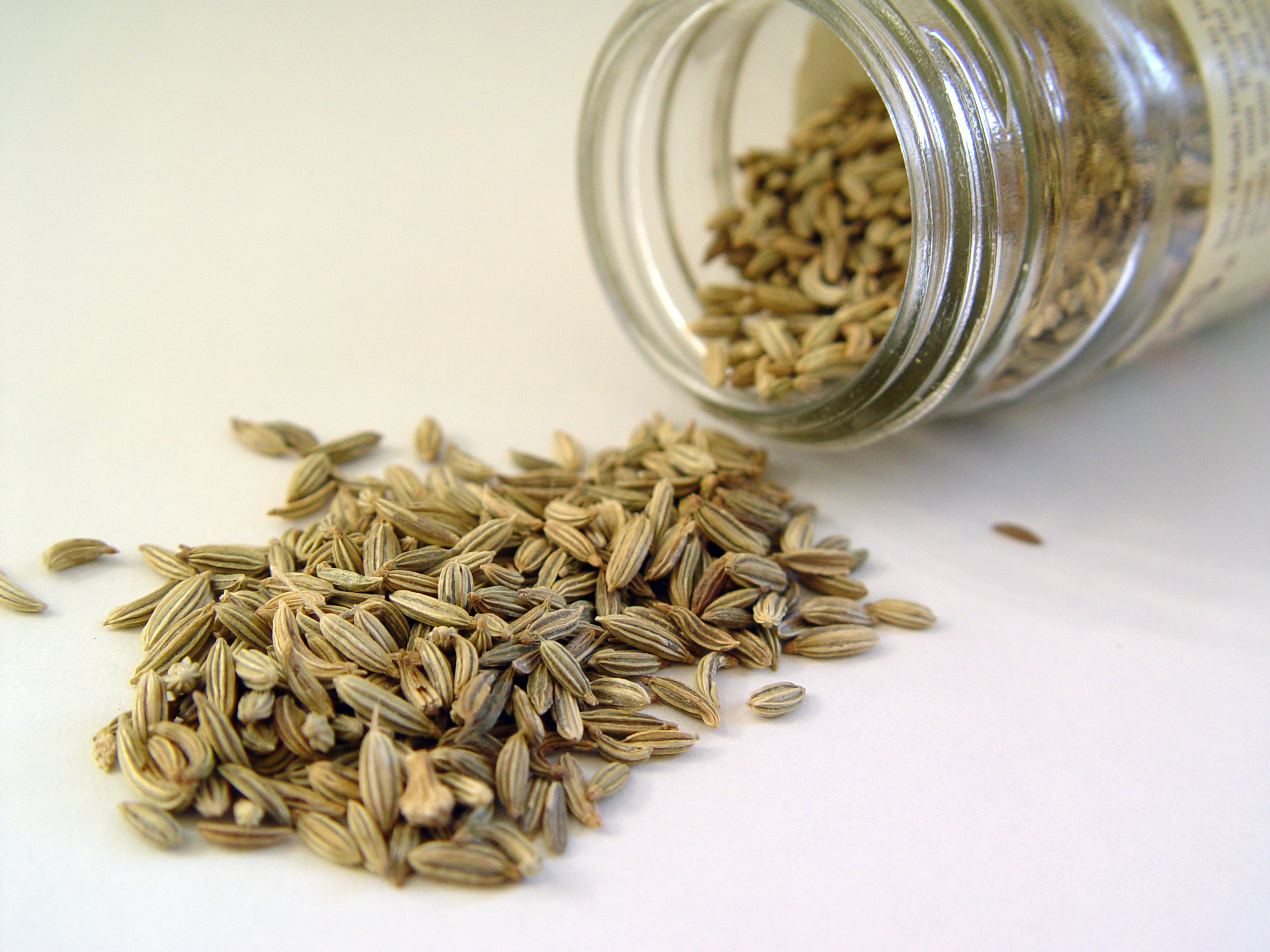A short story goes viral
>> Friday, 2 March 2012
Very thgt provoking..what seems like a fad today was the way to live...where did we go wrong :(
-----------
Checking out at the supermarket recently, the young cashier suggested I should bring my own bags because plastic bags weren’t good for the environment. I apologized and explained, “We didn’t have this green thing back in my earlier days“.
The clerk responded, “That’s our problem today. Your generation did not care enough to save our environment for future generations“.
She was right about one thing–our generation didn’t have the green thing in “Our” day. So what did we have back then? After some reflection and soul-searching on “Our” day, here’s what I remembered we did have….
Back then, we returned milk bottles, pop bottles and beer bottles to the store. The store sent them back to the plant to be washed and sterilized and refilled, so it could use the same bottles repeatedly. So they really were recycled. But we didn’t have the green thing back in our day.
We walked up stairs, because we didn’t have an escalator in every store and office building. We walked to the grocery store and didn’t climb into a 300-horsepower machine every time we had to go two blocks. But she was right. We didn’t have the green thing in our day.
Back then, we washed the baby’s nappies because we didn’t have the throw-away kind. We dried clothes on a line, not in an energy gobbling machine burning up 240 volts — wind and solar power really did dry our clothes back in our early days. Kids got hand-me-down clothes from their brothers or sisters, not always brand-new clothing. But that young lady is right. We didn’t have the green thing back in our day.
Back then, we had one TV, or radio, in the house — not a TV in every room. And the TV had a small screen the size of a handkerchief (remember them?), not a screen the size of Wales. In the kitchen, we blended & stirred by hand because we didn’t have electric machines to do everything for us. When we packaged a fragile item to send in the mail, we used wadded up old newspapers to cushion it, not Styrofoam or plastic bubble wrap.
Back then, we didn’t fire up an engine and burn petrol just to cut the lawn. We used a push mower that ran on human power. We exercised by working so we didn’t need to go to a health club to run on treadmills that operate on electricity. But she’s right. We didn’t have the green thing back then.
We drank from a water fountain when we were thirsty instead of using a cup or a plastic bottle every time we had a drink of water. We refilled writing pens with ink instead of buying a new pen, and we replaced the razor blades in a razor instead of throwing away the whole razor just because the blade got dull. But we didn’t have the green thing back then.
Back then, people took the bus, and kids rode their bikes to school or walked instead of turning their mums into a 24-hour taxi service. We had one electrical outlet in a room, not an entire bank of sockets to power a dozen appliances. And we didn’t need a computerized gadget to receive a signal beamed from satellites 2,000 miles out in space in order to find the nearest pizza joint.
But isn’t it sad the current generation laments how wasteful we old folks were just because we didn’t have the green thing back then?
Read more...


























































